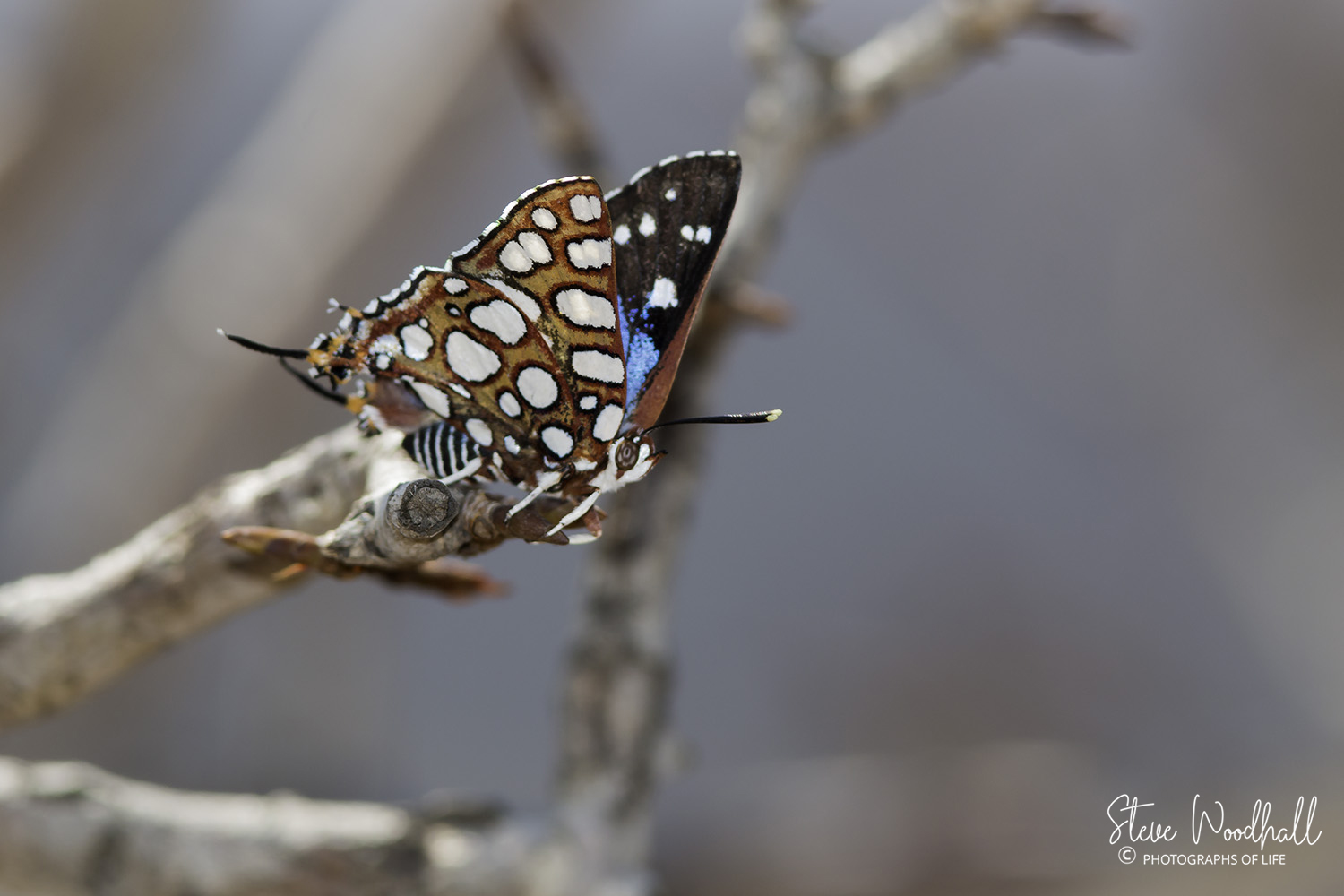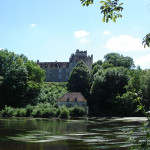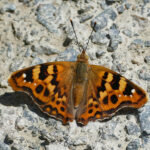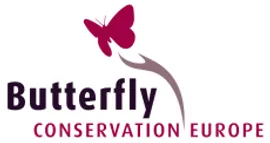Description
Nine days of action in Mpumalanga, east of Pretoria, for two of South Africa’s iconic butterflies. October in South Africa is late spring and it’s a time when many rare and local species are on the wing.
Day 1 Arriving at OR Tambo International Airport, we’ll drive to an exclusive private nature reserve east of Pretoria. This is situated in the striking ‘Bankenveld’ habitat favoured by one of Africa’s most impressive and sought-after butterflies.
Hutchinson’s Highflier, Aphnaeus hutchinsonii, is one of the largest Lycaenid butterflies found in South Africa, with a wingspan of 30-40mm. Its pearly white underside spots flash in the sun as it perches on a hilltop bush or chases a rival in a territorial battle. It has often featured in books on tropical butterflies and is on many butterfly lovers’ wants list.
Days 2-4 will be spent in this reserve and in some similar montane areas to the north as we seek out this beauty.
Other butterflies we may see in the area are the Saffron Sapphire Iolaus pallene, Fig-tree Blue Myrina silenus ficedula, Russet Protea Capys disjunctus, Bowker’s Marbled Sapphire Stugeta bowkeri, Broad-bordered Acraea Tildia anemosa, and Magaliesberg Painted Ranger Nervia nerva.
Day 5-7 In the afternoon of day 4 we’ll drive further east to the Graskop area near God’s Window. This picturesque area, where we’ll stay, has a mosaic of high to medium altitude grasslands and several scarp forests. There are several localities for another Highflier.
Bush Kite Swallowtail Papilio euphranor, is South Africa’s only endemic swallowtail. It’s restricted to the high-altitude forests of the eastern side of the country. They can be found at forest edges sunning themselves in the early morning, or nectaring on flowers. At midday they patrol above the canopy, like a high-flying kite. It’s a large butterfly with a wingspan of 8 – 11cm so even when soaring high they can be photographed.
October is the time when this species and the Emperor Swallowtail, Papilio ophidicephalus, begin flying.
This is also the time to look for the rare and red listed grassland Lycaenidae and Satyrinae of the area. Butterflies we may see are the Sabie Giant Cupid Lepidochrysops irvingi, Violescent Cupid Orachrysops violescens, Narrow-banded Widow Dingana angusta, Cloud Russet Aloeides nubilus, Chequered Pierrot Tarucus bowkeri and Northern Amakosa Rocksitter Durbania amakosa ayresi.
On the afternoon of day 7 we’ll drive over the historic Long Tom Pass to the high wetlands around Dullstroom. In October they are noted for their wildflower displays – and rare butterflies.
Day 8 Dullstroom area. These high-altitude grasslands are home to many endemic South African butterflies. Some of these are unique to South Africa at the tribe level examples and this is a great opportunity to see many of them in one trip. Examples are Bronze Speckled Widow Serradinga clarki, Alpine Widow Dingana alticola, Lost Valley Cupid Orachrysops warreni, and Marsh Brown Pseudonympha paludis.
Day 9 Return to OR Tambo Airport and if time, visit some other localities en route.
Contact us now to find out more or reserve places on what we expect to be a very popular tour!










Reviews
There are no reviews yet.